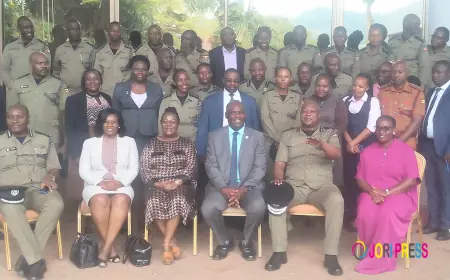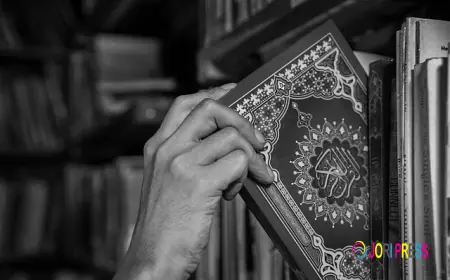Older Ugandans still shut out by national ID system



In Uganda today, lacking a national identity card can mean being locked out of essential services such as healthcare, education and, for the elderly, the critical Senior Citizens Grant (SCG).
While the Registration of Persons Act (Cap 332) was meant to ease access by issuing every citizen a national ID, the reality is grim for many older persons. Uganda’s own National Policy for Older Persons defines older persons as those aged 60 and above.
While Uganda is still a young nation demographically, the elderly population is growing fast. According to the 2024 National Population and Housing Census, older persons now make up five per cent of the population, up from four per cent in 2014.
Globally, the UN projects that those aged 65 and above will reach 1.5 billion by 2050, a clear sign that governments must plan for aging populations. But Uganda’s ID system, implemented by the National Identification and Registration Authority (NIRA), continues to leave the elderly behind.
Launched in 2014 with promises of inclusion, the system remains inaccessible for many elderly Ugandans, especially in rural areas. Barriers such as biometric failures (due to worn out fingerprints), high transport costs, and difficulties recalling demographic details keep older people from registering successfully.
These challenges have real consequences. Without a valid ID, older Ugandans are cut off from the SCG, their only source of financial support. According to the 2024 census, just 17.6 per cent of household members aged 80 and above had received the grant.
A study by the Initiative for Social and Economic Rights (ISER), Chased Away and Left to Die, documented painful stories of exclusion: “The National ID is like a key to my door; without it, I can’t enter.” “I tried for two years but failed.” “I’m poor and can’t afford transport.” “I don’t get SAGE money despite being older than others.”
These are not isolated incidents. They are symptoms of a system that doesn’t recognize the daily realities of older people, many of whom live alone, lack phones, or have no legal support to meet rigid requirements like mandatory statutory declarations and CID reports to fix errors like wrong birth dates and misspelt names.
In 2025, the High court of Uganda, in a case brought by ISER and partners, acknowledged that the national ID is a requirement for the SCG. Justice Boniface Wamala admitted that “misfeasance” by implementing agencies led to the exclusion of eligible persons, yet he stopped short of ordering any reforms.
If the judiciary recognizes systemic injustice but offers no remedy, who will take responsibility? Other countries like India have adopted systems that have proven efficient to address these challenges.
Their Aadhaar system, which now reaches about 1.5 billion people (UIAI Dashboard, 2025) initially excluded thousands of elderly citizens due to biometric failures. This has been possible through home-based registration, demographic data enrolment, and mobile teams trained to support the vulnerable.
This only happened after sustained civil society pressure and public outcry. Uganda can learn from this. We must act. NIRA should simplify the registration process for older persons, eliminate unrealistic requirements and offer flexible options when fingerprints fail.
Voter cards, medical records, or community testimony should be accepted to verify age. Mobile and home-based registration services must be expanded to reach those in remote areas. Uganda’s ID system was meant to empower all citizens.
Yet in its current form, it is entrenching exclusion especially for those who have already paid their dues to society. Older Ugandans should not be left behind. Social protection should not be a privilege, but a right guaranteed for all.
The writer is a law student at Makerere University.
What's Your Reaction?
 Like
0
Like
0
 Dislike
0
Dislike
0
 Love
0
Love
0
 Funny
0
Funny
0
 Angry
0
Angry
0
 Sad
0
Sad
0
 Wow
0
Wow
0















































